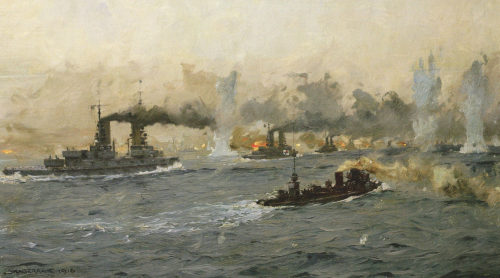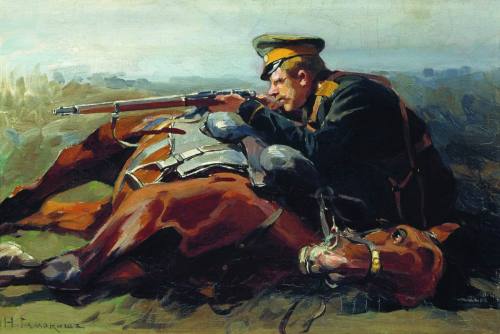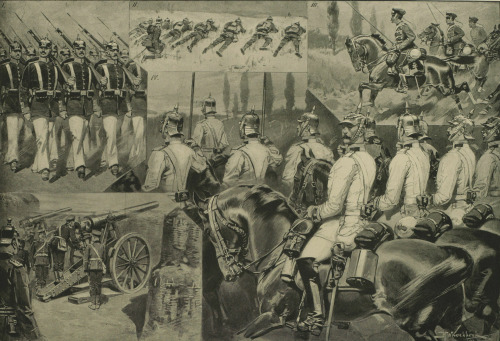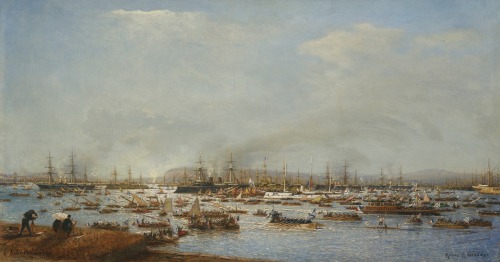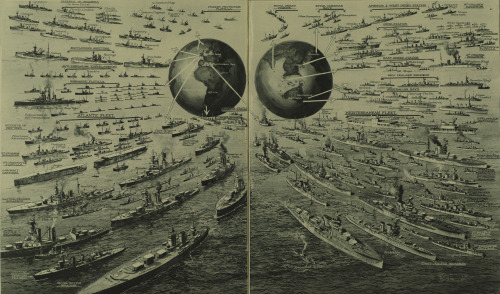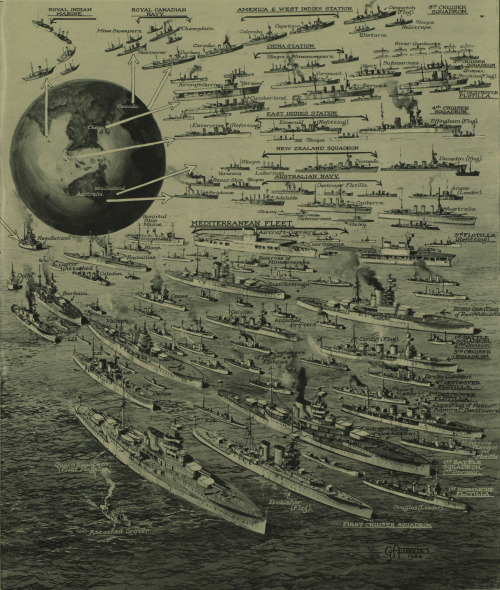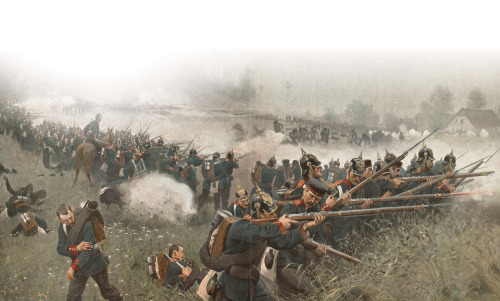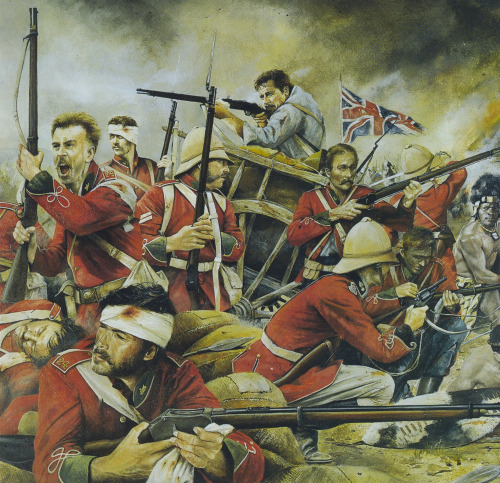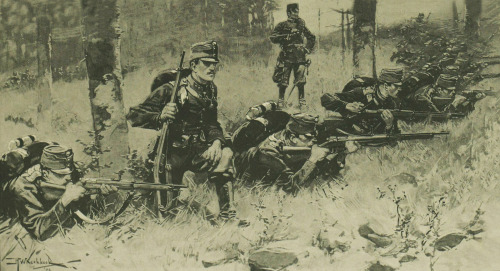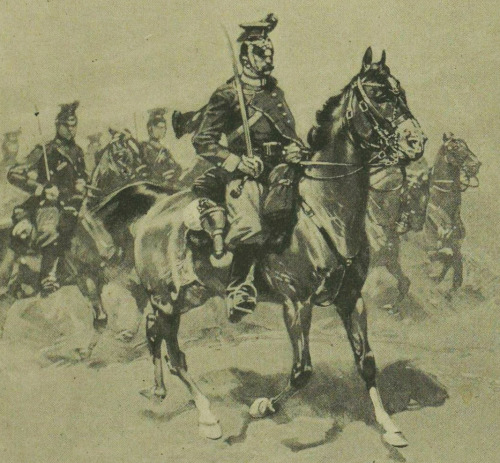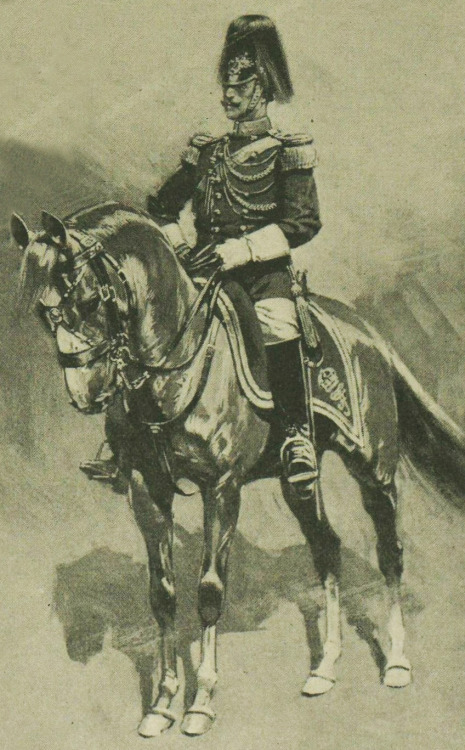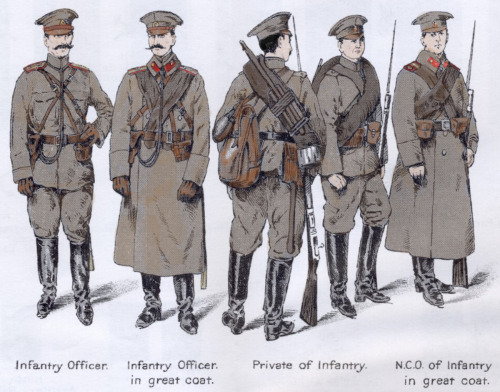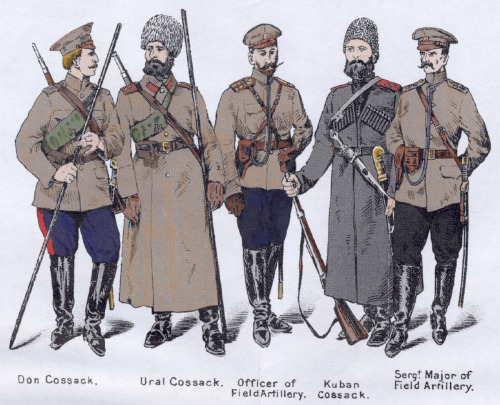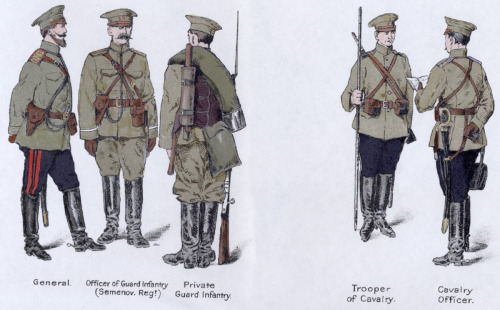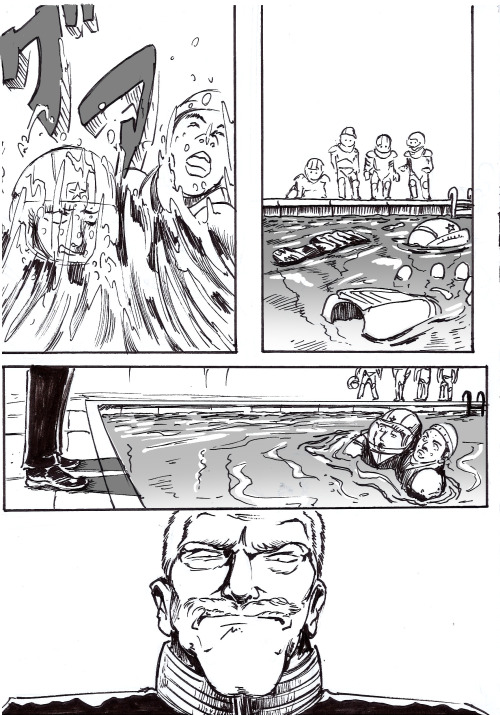#military art
The 270th Anniversary of the Battle of Culloden
The painting included is: An Incident in the Rebellion of 1745
Circa 1745. By David Morier.
The painting which forms part of The Royal Collection and is on display at the Palace of Holyrood House depicts fighting of the 1745 Jacobite Rising. It is unsure if the painting depicts events from the Battle of Culloden itself though it has always been used to illustrate the famed battle.
https://www.royalcollection.org.uk/collection/401243/an-incident-in-the-rebellion-of-1745
Post link
Officer of the 2nd Royal North British Dragoons ( Royal Scots Greys), 1870, Orlando Norie
Awesome!
Post link
Imperial German Navy warships in action during the Battle of Jutland. 31st May - 1st June, 1916 by Claus Bergen.
100 years ago today drew to a close the key naval clash of the First World War.
Post link
Astrakhan Cossack taking aim from his prone horse.
Painted by Nikolai Samokish at the end of the 19th century.
Post link
Cover illustration for the wargame “Soldier’s Companion” featuring both military-historical and steampunk aesthetics.
Painted by Richard Hasenauer.
Post link
Armies of the World: Germany (1903)
1: The Grenadier Regiment König Wilhelm I (2nd West Prussian) No. 7
2. The “shützenkette” or advanced fighting line
3: A patrol of the 3rd Hussar Regiment (von Zieten) reconnoitering
4. The 8th Cuirassier Regiment, “Graf Gessler” on the march
5. The Garrison Artillery of the Guard working 15 cm siege guns
Drawn by Herman Willem Koekkoek for the Illustrated London News.
Post link
The Entrance Of The Russian Fleet Into Toulon Harbour, October 1893.
13 October 1893. The Russian Mediterranean squadron sailed into the port of Toulon under the flag of Rear Admiral Fedor Avelan to fanfare and ceremony reported across the globe. The French military squadron had visited the Russian base at Kronstadt two years previously, and this reciprocal event in Toulon marked a key moment in the rapprochement between the two countries, helping to forge the vital Franco-Russian alliance that was under negotiation at the time. Since his ascension to the throne, Alexander III had been determined to strengthen the Russian fleet and doubled its annual allocation to over 50 million roubles, which in terms of sheer combat power allowed Russia to close the gap with the British and French navies by the turn of the century.
Over 300,000 people flocked to Toulon to attend the festivities and glimpse the Russian sailors, thousands sleeping in the city’s parks or sailing into the harbour in small launches and yachts to circle the ironclads. Grand balls, luncheons, speeches and processions were held for the Russian officers in both Toulon and Paris; a commemorative medal was struck and Avelan was presented with numerous formal gifts includinga beautiful leather-bound book Le livre d'or produced by artisans from Lorraine and an inlaid table by Emile Gallé.
According to contemporary newspaper reports, cries of ’Vive la Russie! Vive le Czar!’ filled the air and Russian flags, prints, trinkets and souvenirs filled the capital’s streets. As Tolstoy drily noted: ‘It happened that not only the men who ate, drank, and talked, but even those who were not present, hearing and reading of it in newspapers - all these millions of Russians and Frenchmen - suddenly imagined that they were somehow particularly in love with one another. All the French loved all the Russians, and all the Russians loved all the French’.
Painting by Alexei Petrovich Bogoliubov.
Post link
An illustration of a French field gun battery at work, 1890s-1900s.
Drawn by F. Kauffmann for the Illustrated London News.
Post link
The Royal Navy in 1928.
Drawn by George Horace Davis for the Illustrated London News. A bisected version has been uploaded below for higher readibility.
Post link
An illustration of the Battle of Omdurman by Frank Dodd and W. T. Maud for the London Graphic.
Post link
Illustration of Romanian Army uniforms, 1913. On the foreground (left to right) are: artillerist; light infantryman; militiaman; line infantryman. On the background are: hussar (red); hussar (black); gendarme; officer (holding the flag). The backmost figures on horseback is a general and general staff officer.
From the Le Petit Journal Sunday supplement.
Post link
Defending the Flag: German soldiers of the 61st Regiment in action during the Franco-Prussian War.
Painting by Erich Mattschatz.
Post link
Illustrations of Austro-Hungarian infantry and cavalry, circa 1903. From top to bottom:
Infantry Advance Guard of the Firing Line
NCO of Uhlans
Field Artillery Battery Going into Action
Officer of the Guard Cavalry
Drawn by H. W. Koekkoek for the Illustrated London News.
Post link
Illustrations of Russian soldiers in 1913.
From the British War Office publication “Handbook of the Russian Army (6th Edition)”.
Post link



